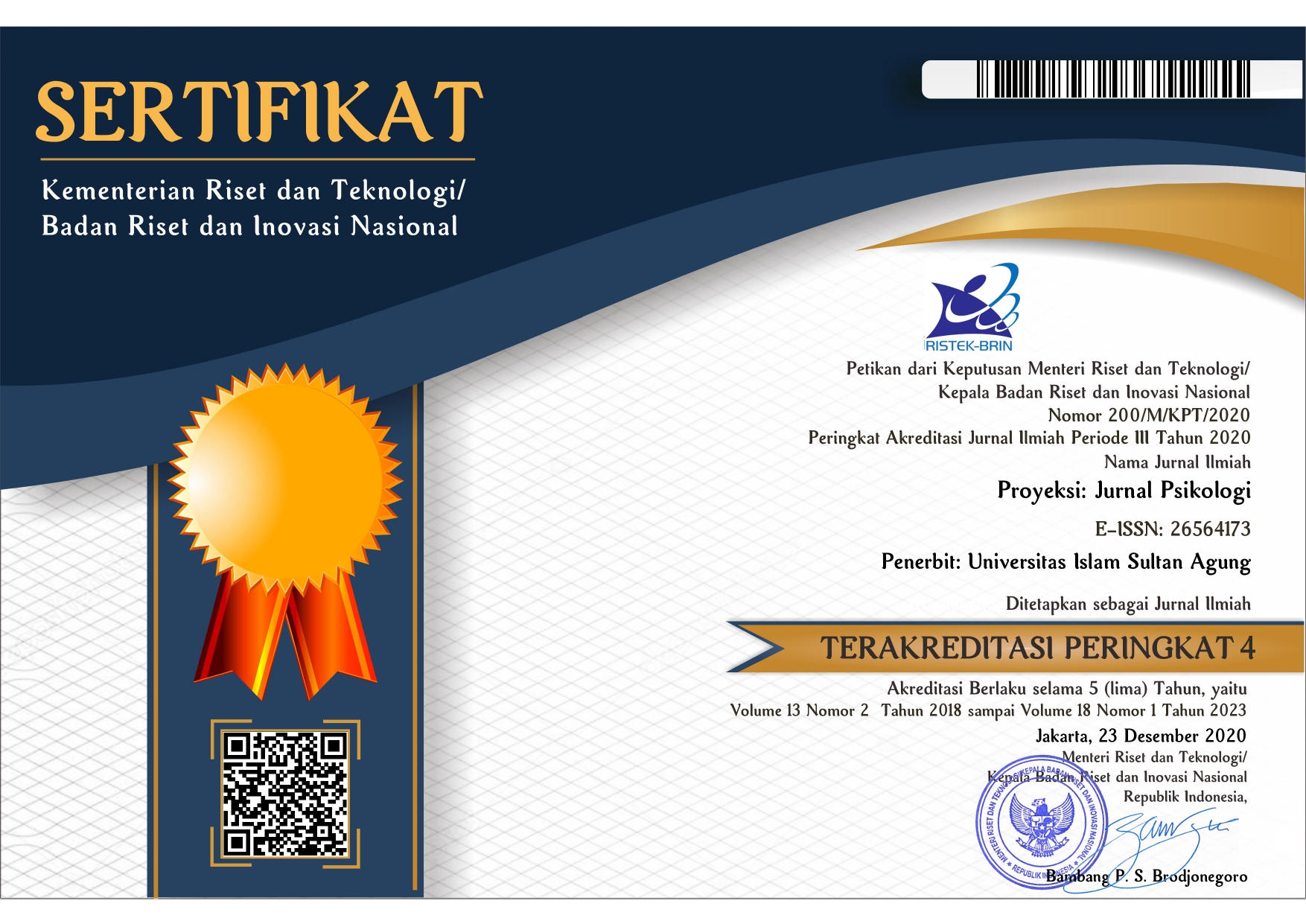ISSUES OF CULTURAL DIVERSITIES IN DISNEY’S ANIMATED MOVIES (Reflective Essay)
Abstract
The movie “industry†nowadays is “more sensitive to issues of culture and gender than it once wasâ€Â, however many pictures “still perpetuate common misconception about†cultural diversities. “Such oversimplified and inaccurate portrayals can profoundly affect how [people] perceive [each other] and how [people] value [themselves]†(http://www.media-awareness.ca/english/parents/ movies/concerns/stereotyping_movies.cfm., undated, no page).
It was Walt Disney, the person who created many famous classical stories in the 1940s and 1950s, such as Beauty and the Beast, Cinderella, Pinocio, Snow White, The Little Mermaid and Sleeping Beauty. In fact, Disney’s animated movies based on those classic stories are still popular at the moment, particularly among children around the world (Radio Suara Amerika, 2002, on line).
It cannot be ignored that the viewers who are watching classic animation movies, such as Disney’s, are still “getting stereotypical messages†at the moment (Mifflin, 1999, p.E.8). “Animated [pictures] have their share of stereotypes, because they are familiar and easily understood (http://www.media-awareness.ca/english/parents/movies/concerns/stereotyping_movies.cfm., undated, no page). However, it seemed that new versions of Disney’s animated movies have tried to improve the use of stereotypes (Durbin, 1998, p.2.13).
In this essay, I would like to analyse some Disney’s animated movies as the particular media genre which I chose to see how they reflect cultural diversities, such as gender and race.
Keywords
Full Text:
PDFDOI: http://dx.doi.org/10.30659/jp.1.1.72-79
Refbacks
- There are currently no refbacks.

Proyeksi by http://jurnal.unissula.ac.id/index.php/proyeksi/ is licensed under a Creative Commons Attribution-ShareAlike 4.0 International License.

